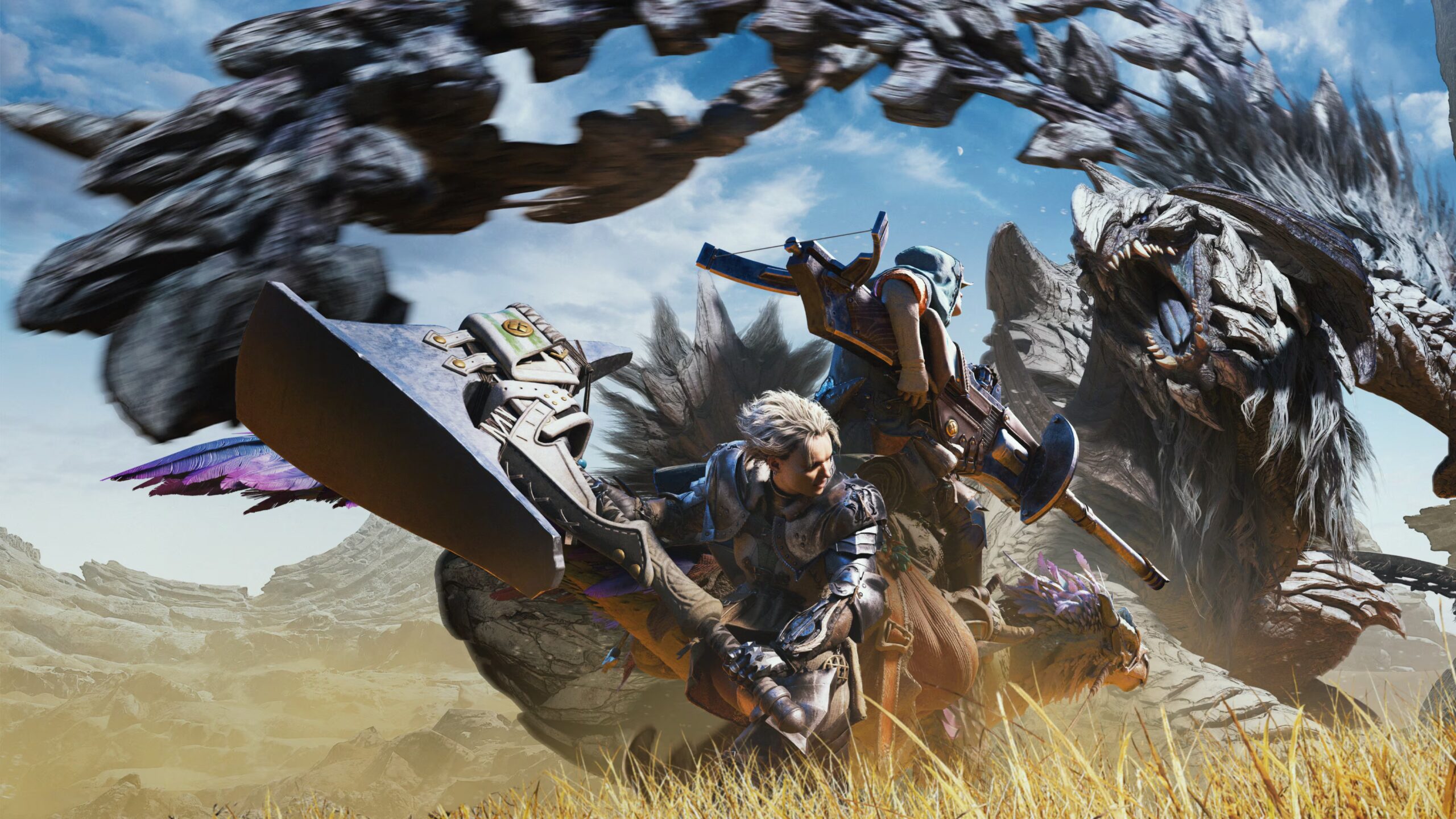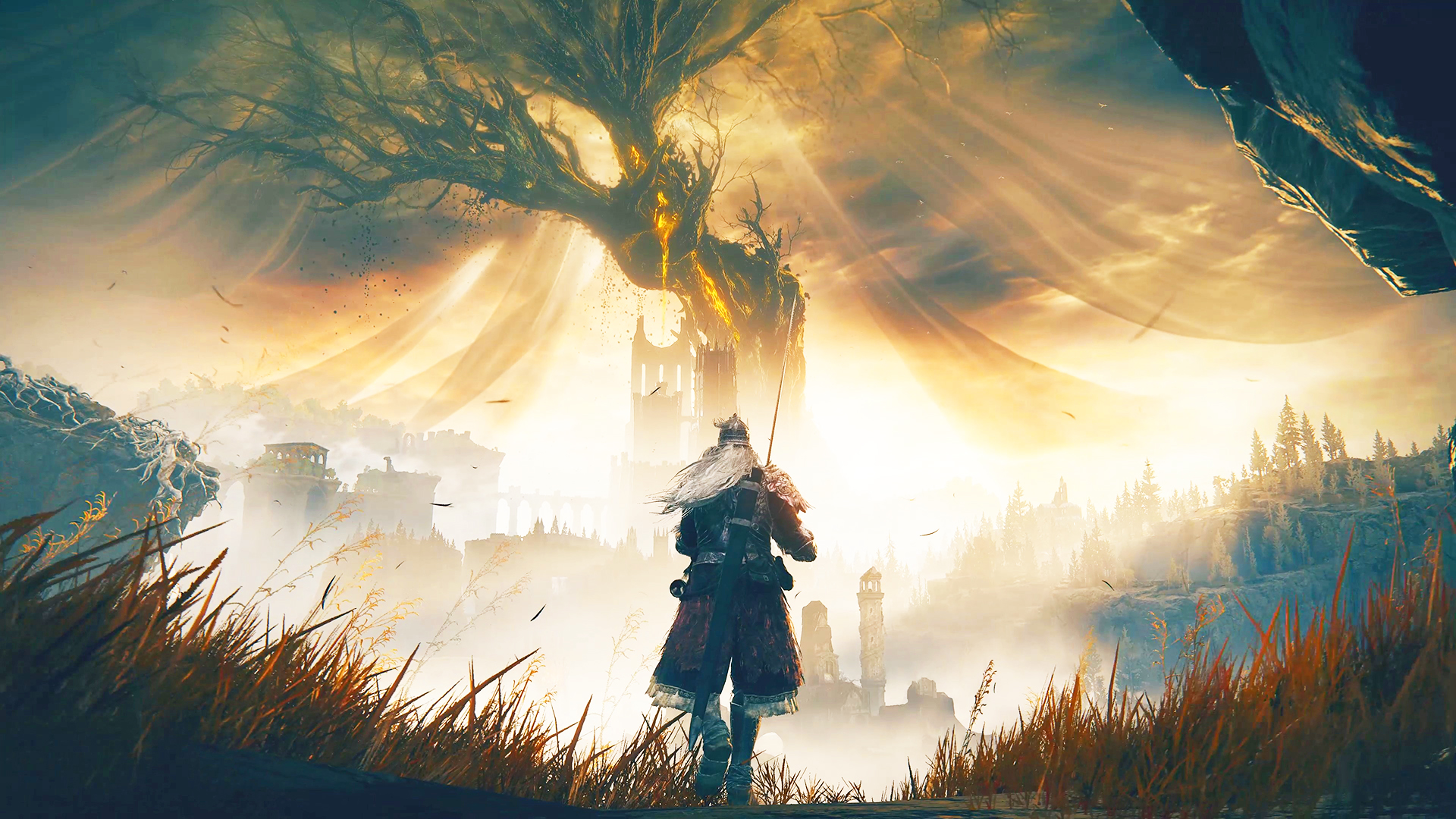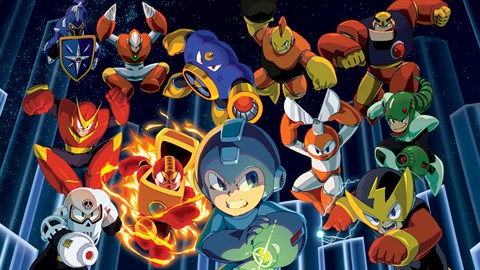For years, Monster Hunter has thrived on a simple yet endlessly satisfying loop: hunt monsters, craft better gear, and hunt even bigger monsters. Monster Hunter Wilds doesn’t break from this tradition but refines and expands it in meaningful ways. Gone is Monster Hunter Rise’s Wirebug, but its absence barely registers thanks to a seamless open world, thrilling combat, and a host of new mechanics that deepen the experience. While the game struggles with some visual and technical issues, it remains another stellar entry in Capcom’s beloved franchise, delivering what it does best—epic hunts against ferocious creatures in a world teeming with danger and mystery.
For seasoned hunters, Wilds feels instantly familiar. You accept quests, track down terrifying monsters, and engage in grueling battles where every dodge, block, and strike can mean the difference between victory and failure. As always, success is rewarded with materials to craft stronger armor and weapons, keeping you locked in the addictive cycle that makes Monster Hunter so compelling.
What sets Wilds apart is how it refines these core elements. Combat remains weighty and strategic, but every weapon now feels smoother and more responsive. Even traditionally slow weapons like the Great Sword and Hammer allow for better mid-attack adjustments, making every strike feel more precise. Dodging mid-combo is also more fluid, ensuring that fights remain dynamic without losing the series’ signature sense of deliberate movement.
The biggest combat addition is the Focus Mode, a mechanic that lets you manually aim attacks to target specific weak points on a monster’s body. Landing a well-placed strike on a wounded area can deal massive damage, stagger the beast, and reward extra crafting materials—making it a crucial tactic for skilled hunters.
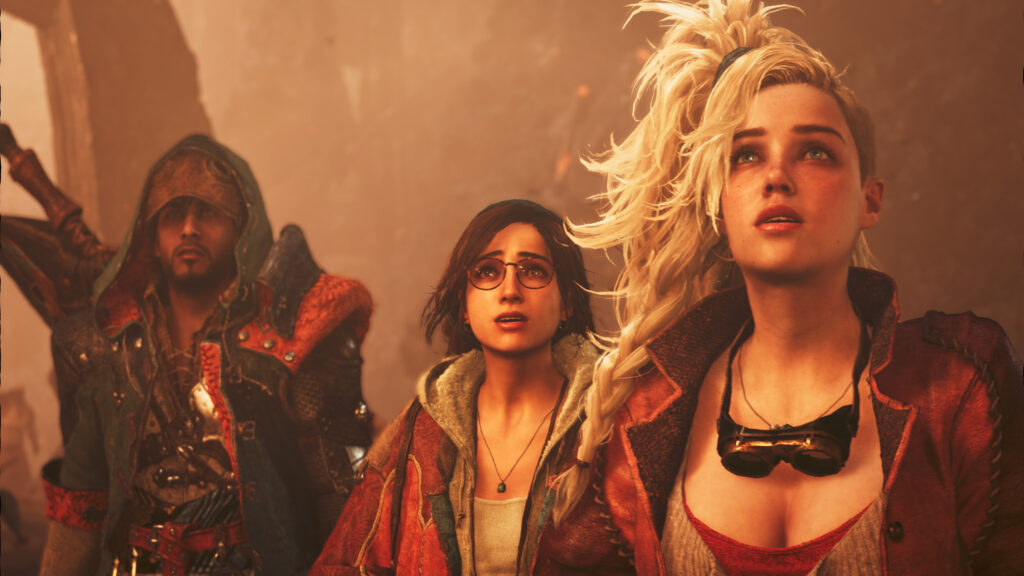
Another exciting addition is Power Clashes, which occur when you counter a monster’s attack with a perfectly timed guard. These moments turn into cinematic struggles of strength, as your hunter locks weapons with a rampaging wyvern, desperately trying to overpower it. Winning these clashes delivers a devastating blow and a chance to reposition, adding another layer of intensity to combat.
While Wilds isn’t a traditional open-world game, it offers the most interconnected Monster Hunterenvironment yet. Gone are the segmented maps with loading screens; instead, players can travel seamlessly between biomes on foot or via their new mount, the Seikret—a large, bird-like creature that serves as both transportation and an in-the-field storage unit for a secondary weapon. This allows for greater flexibility in hunts, letting players swap weapons to adapt to different monsters or terrain conditions.
The Forbidden Lands, the game’s primary setting, is divided into five distinct biomes, each with its own ecosystem and challenges. The Windward Plains stretch across vast dunes and rolling hills, where herds of creatures migrate across the landscape. The Scarlet Forest is dense and overgrown, offering both beauty and lurking threats. Then there’s the Iceshard Cliffs, an unforgiving frozen expanse riddled with vertical pathways and deep ravines.
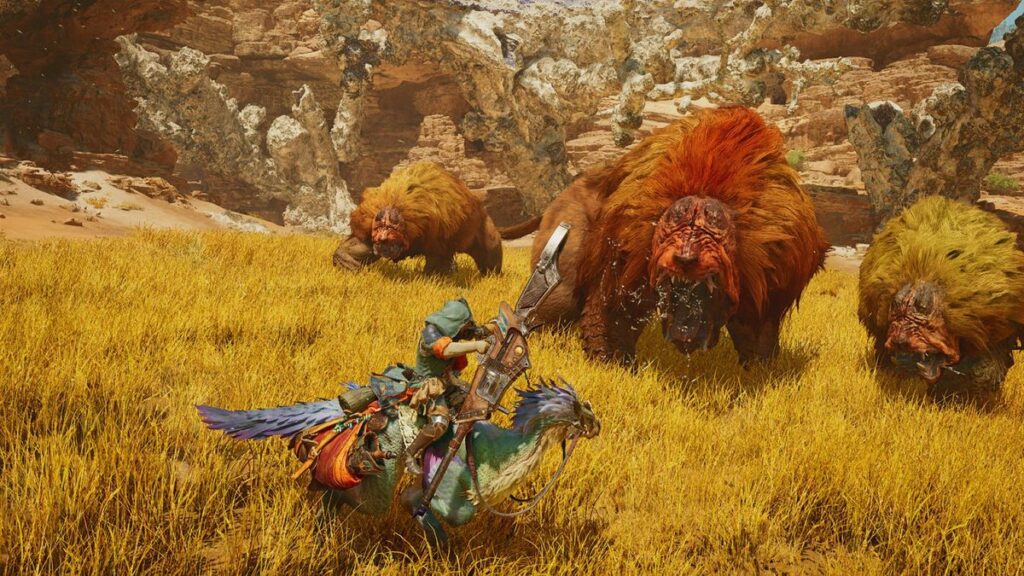
What makes Wilds’ world feel truly alive is its dynamic weather system. The environment constantly shifts between three states: Fallow, where resources are scarce and monsters grow more aggressive; Inclemency, a violent weather event unique to each biome (such as sandstorms or torrential floods); and Plenty, when life flourishes and monsters become less territorial. These shifts impact not only the monsters’ behaviors but also your own strategies, as certain creatures may be easier—or significantly harder—to battle depending on the weather.
Capcom’s monster design has always been a highlight of the series, and Wilds continues that tradition with a terrifyingly creative lineup of creatures. While fan-favorite monsters like the fiery Yian Kut-Ku and the noxious Congalala return, the real stars are the newcomers.
The Quematrice, a massive, dinosaur-like wyvern, spreads a flammable powder across the battlefield, igniting it with each powerful tail swipe. The Rompopolo, a grotesque insectoid beast, inflates sacs on its body to unleash clouds of toxic gas while using its stinger to ignite flammable pools of oil. Each new monster is uniquely terrifying, forcing players to learn their attack patterns and weaknesses through trial and error.
For a franchise that has historically prioritized gameplay over narrative, Wilds makes a noticeable push toward storytelling. The game introduces fully voiced protagonists and an overarching plot that centers on a mysterious creature known as the White Wrath. The story follows the Hunter’s Guild’s expedition into the Forbidden Lands after a young survivor named Nata warns of a looming catastrophe. While this setup adds some intrigue, the story ultimately plays out in a predictable manner, sticking to the franchise’s usual formula of uncovering an ecological imbalance caused by a powerful, unseen force.
Despite the expanded narrative focus, many of the game’s lengthy exposition scenes feel like distractions rather than meaningful additions. Characters like Alma, your handler, and Nata, the young survivor, have some depth, but the dialogue-heavy sequences and slow walk-and-talk moments often interrupt the game’s otherwise engaging pacing.
While Wilds excels in combat and world design, its visuals can be inconsistent. The Fallow period, when resources are scarce and the environment becomes bleak, often results in washed-out textures and drab lighting that make some areas look dull and lifeless. The game’s performance can also be demanding, with occasional frame drops and texture pop-ins that slightly detract from the overall immersion.
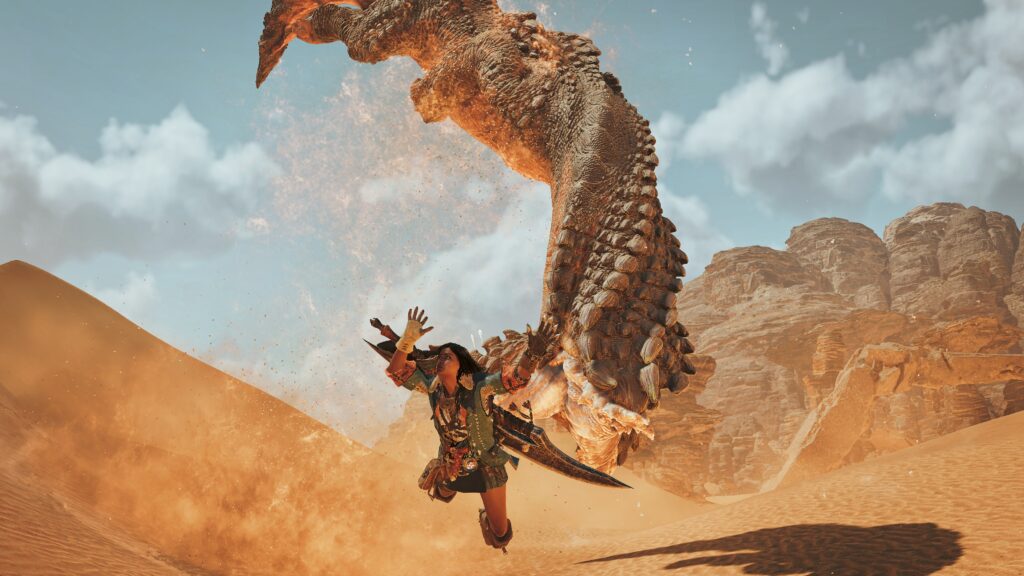
That said, these technical issues never overshadow the thrill of the hunt. Whether you’re tracking a monster through a raging sandstorm, watching two wyverns clash in a territorial battle, or landing a perfectly timed Focus Strike that sends a beast toppling to the ground, Monster Hunter Wilds delivers some of the most exhilarating combat moments in the franchise’s history.
Monster Hunter Wilds doesn’t reinvent the series, but it doesn’t need to. It takes the best elements of its predecessors—challenging combat, diverse monsters, and deep weapon customization—and enhances them with more fluid mechanics, a seamless world, and new strategic layers. While its emphasis on storytelling feels unnecessary and its visuals can be hit-or-miss, the game’s core experience remains as addictive and rewarding as ever.
For longtime fans, Wilds is another thrilling entry that refines what makes Monster Hunter great. For newcomers, it’s a fantastic starting point, offering a world brimming with dangers to overcome and monsters to conquer. Capcom may not have created a completely new formula, but it has crafted yet another masterpiece of monster-slaying action.

